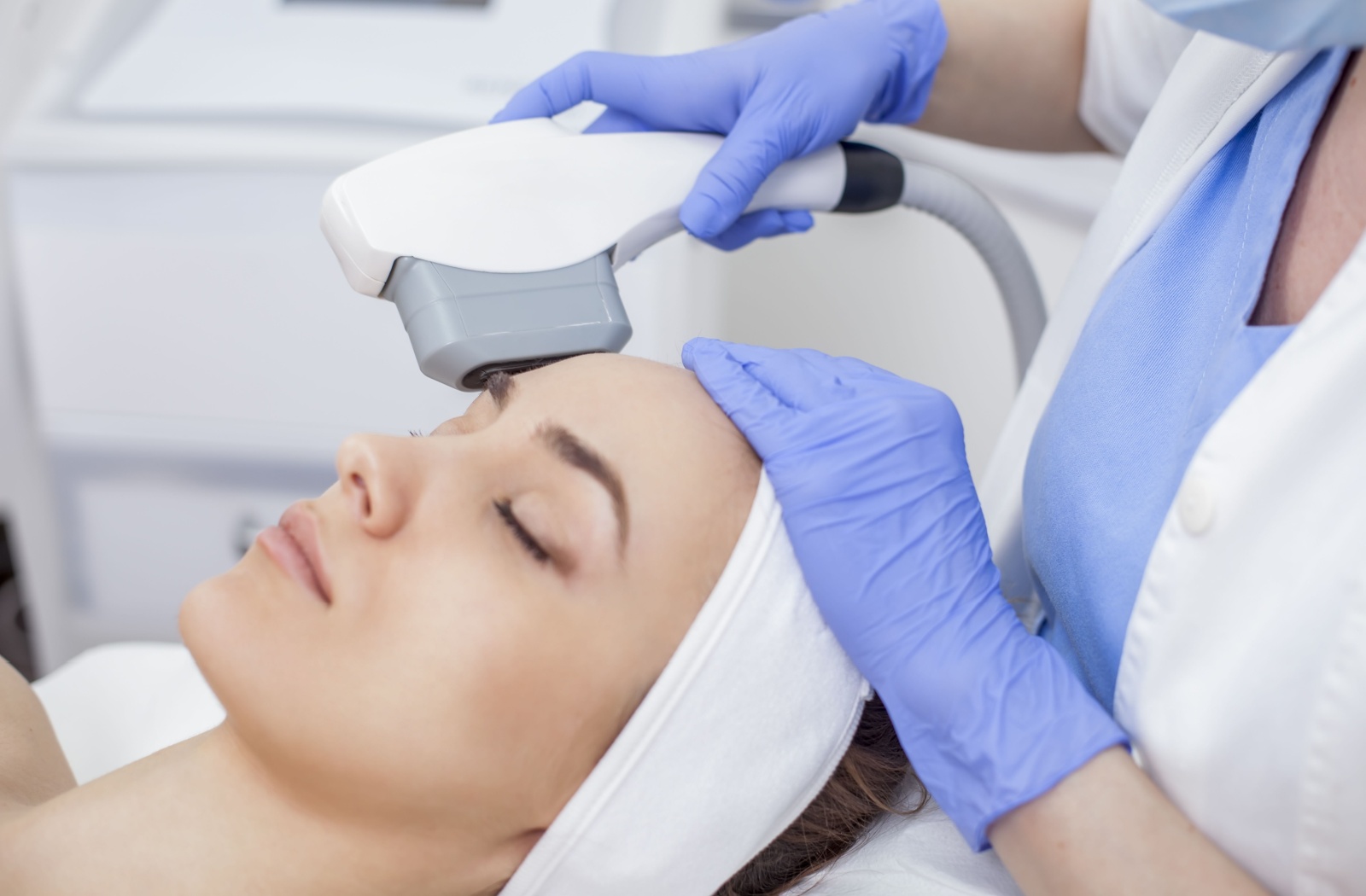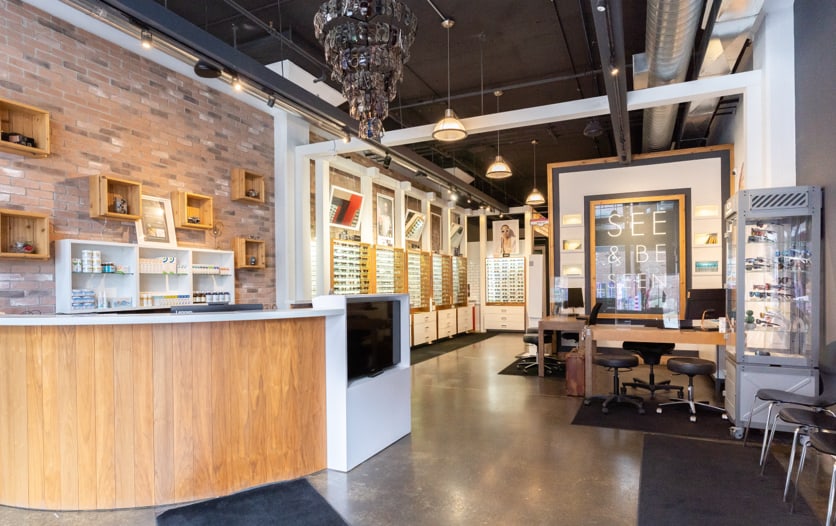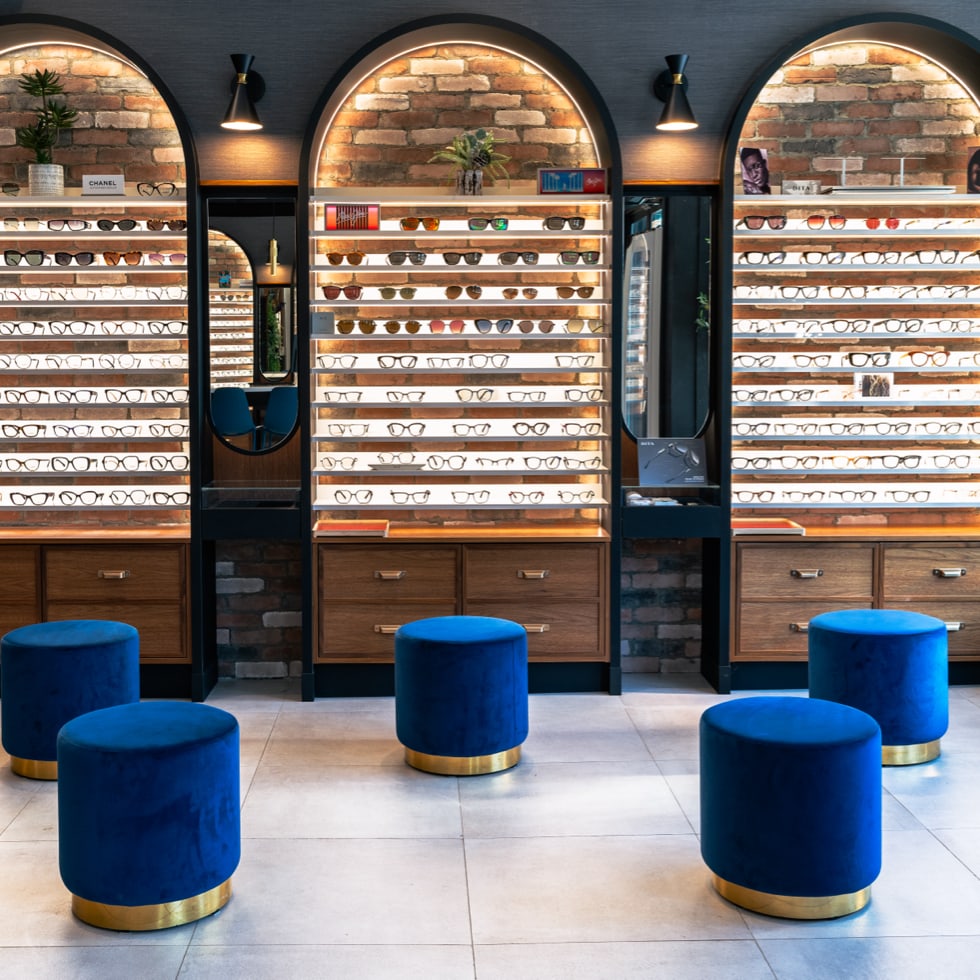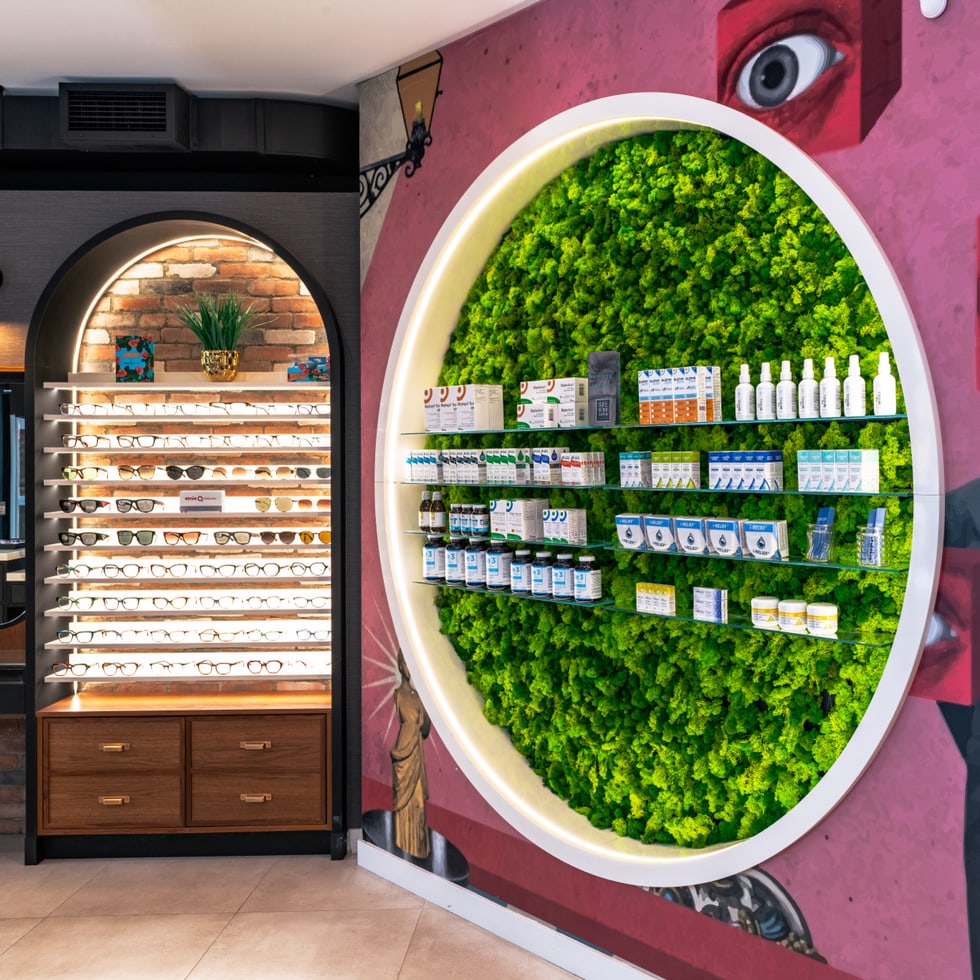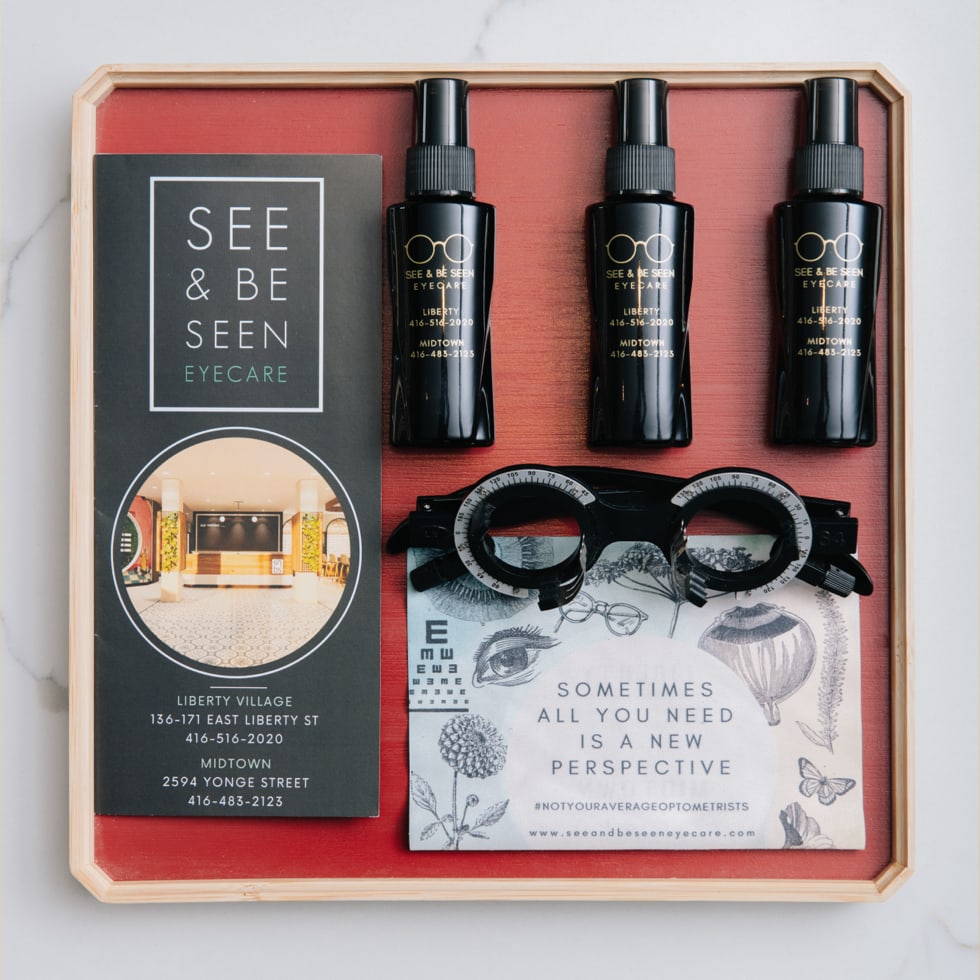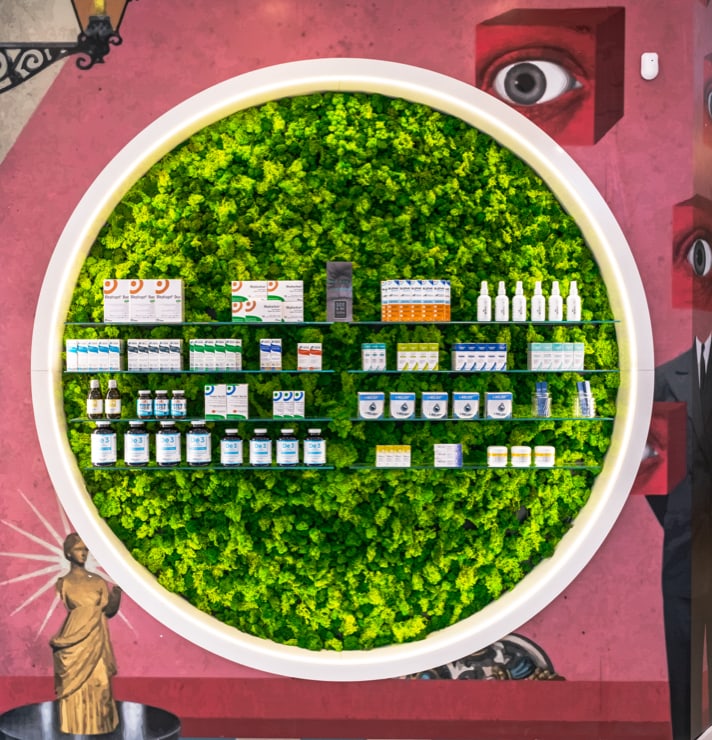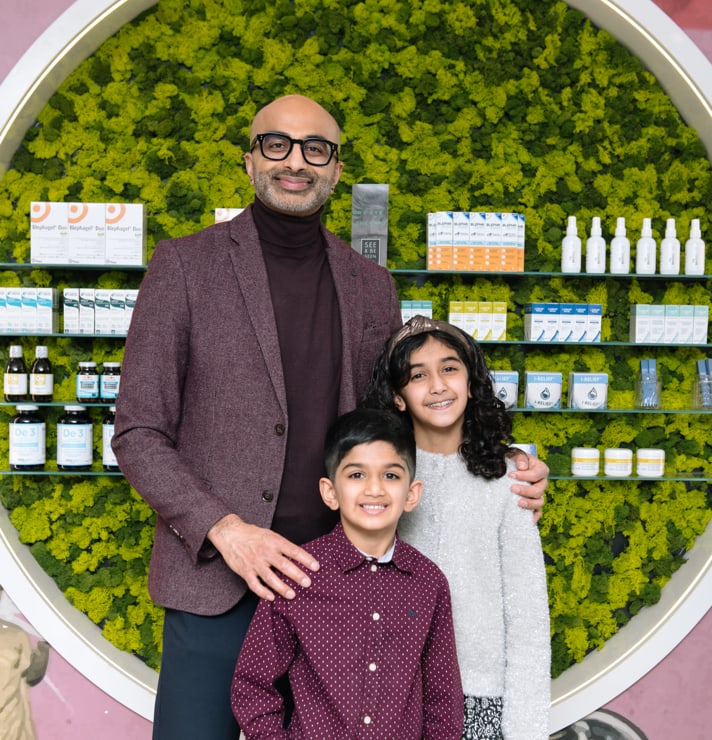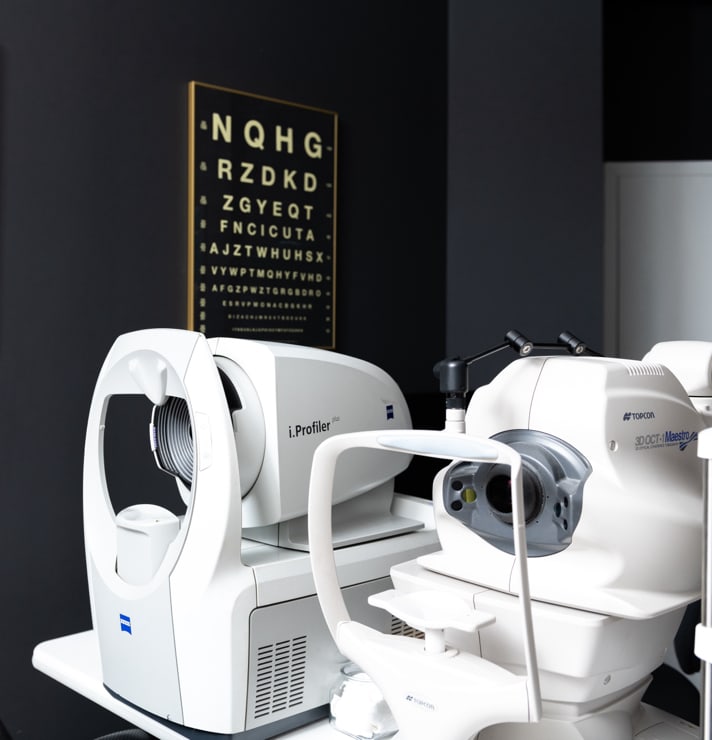Photorejuvenation is a non-invasive dermatological treatment designed to improve the skin’s texture, tone, and overall appearance. This procedure can address various skin imperfections, including sun damage, age spots, and redness, utilizing light-based technology. You’ve probably heard of intense pulsed light therapy (IPL) as a dry eye treatment.
Photorejuvenation is an increasingly popular option that offers a compelling combination of efficacy and convenience for those seeking to enhance their skin’s youthful radiance without undergoing more invasive procedures.
Understanding the Science Behind Photorejuvenation
Photorejuvenation works through the application of light wavelengths to the skin. Different wavelengths penetrate the skin at various depths, targeting specific concerns. Photorejuvenation treatments stimulate collagen production by delivering controlled light pulses, reducing pigmentation, and eliminating small blood vessels that cause redness.
Photorejuvenation relies on the principle of selective photothermolysis, where light energy is absorbed by targeted areas without damaging surrounding tissues.
Common Skin Concerns Addressed by Photorejuvenation
Photorejuvenation is versatile, effectively treating a range of skin conditions. Among the most commonly addressed concerns are:
- Sun damage: Photorejuvenation can help reduce the appearance of sunspots and uneven pigmentation caused by prolonged UV exposure.
- Age spots: These benign pigmented spots, often found on sun-exposed areas like the face and hands, can be significantly lightened.
- Redness and rosacea: The treatment can diminish the appearance of fine blood vessels and diffuse redness, providing relief for those with rosacea.
- Fine lines and wrinkles: Photorejuvenation can smooth out fine lines and improve skin elasticity by stimulating collagen production.
The Photorejuvenation Process
Understanding what to expect during a photorejuvenation session can help alleviate anxieties and ensure a smooth experience.
Preparation
A thorough consultation with a qualified provider is essential before the treatment. The specialist will evaluate your skin type, discuss your concerns, and determine if photorejuvenation is suitable for you. Pre-treatment guidelines often include avoiding sun exposure and discontinuing certain skincare products.
Procedure
The actual treatment involves the application of a cooling gel to the targeted area. Your healthcare provider can then use a handheld device to deliver controlled light pulses. The session length can vary depending on the treatment area.
Aftercare
Post-treatment care is crucial to achieving optimal results and minimizing any side effects. You’ll want to avoid sun exposure, use sunscreen rigorously, and follow any specific aftercare instructions provided by the specialist following your treatment. Mild redness and swelling may occur but typically subside within a few hours to a couple of days.
Benefits & Limitations
Photorejuvenation is not a one-size-fits-all answer to all cosmetic questions. You’ll have to weigh the benefits and limitations with your provider.
Benefits
- Non-invasive: No needles or incisions are required, making it a low-risk option with minimal downtime.
- Efficient: Multiple skin concerns can be addressed simultaneously in a single session.
- Stimulates collagen: Promotes long-term improvements in skin texture and elasticity.
Limitations
- Multiple sessions required: Optimal results often necessitate a series of treatments spaced a few weeks apart.
- Mild side effects: Temporary redness, swelling, and slight discomfort can occur.
- Contraindications: Not suitable for individuals with certain medical conditions or those taking specific medications.
Comparing Photorejuvenation with Other Skin Treatments
While photorejuvenation offers numerous benefits, it’s essential to understand how it stands against other skin rejuvenation methods, such as:
- Chemical peels: These use chemical solutions to exfoliate the skin, offering effective results for surface-level concerns.
- Microneedling: Involves tiny needles creating micro-injuries to stimulate collagen, suitable for deeper skin issues.
- Laser resurfacing: Uses focused light beams to remove damaged skin layers, ideal for significant resurfacing needs.
Each method has unique advantages, and the choice depends on individual skin concerns, tolerance for downtime, and desired outcomes.
IPL Therapy & Photorejuvenation
IPL therapy is a common technique used in photorejuvenation. IPL employs a broad spectrum of light wavelengths, unlike lasers that use a single wavelength of light. This versatility allows IPL to target multiple skin concerns in one treatment.
Specialists can tailor the IPL treatment to effectively address specific skin issues by customizing the light filters, intensity, and pulse duration.
Tips for Choosing a Provider
Selecting a qualified photorejuvenation specialist is vital to ensure safe and effective treatment. Here are some factors to consider when choosing a provider:
- Credentials: Verify the provider’s certifications, training, and experience in performing photorejuvenation.
- Consultation: Ensure you’ll get a thorough initial consultation to discuss your skin concerns, treatment options, and realistic expectations.
- Technology used: Ensure the clinic uses FDA-approved equipment.
- Reviews and referrals: Check patient reviews and seek referrals from trusted sources.
Discuss Your Photorejuvenation Options
Photorejuvenation offers a promising solution for individuals seeking to enhance their skin’s appearance through non-invasive means. By understanding the science behind the treatment, the conditions it addresses, and the process involved, you can make informed decisions about your skincare journey.Consult a professional to determine the best approach for your unique needs and achieve radiant, youthful skin. Call our team at See & Be Seen Eyecare if you have more questions about photorejuvenation. We’re happy to review your IPL treatment options.

